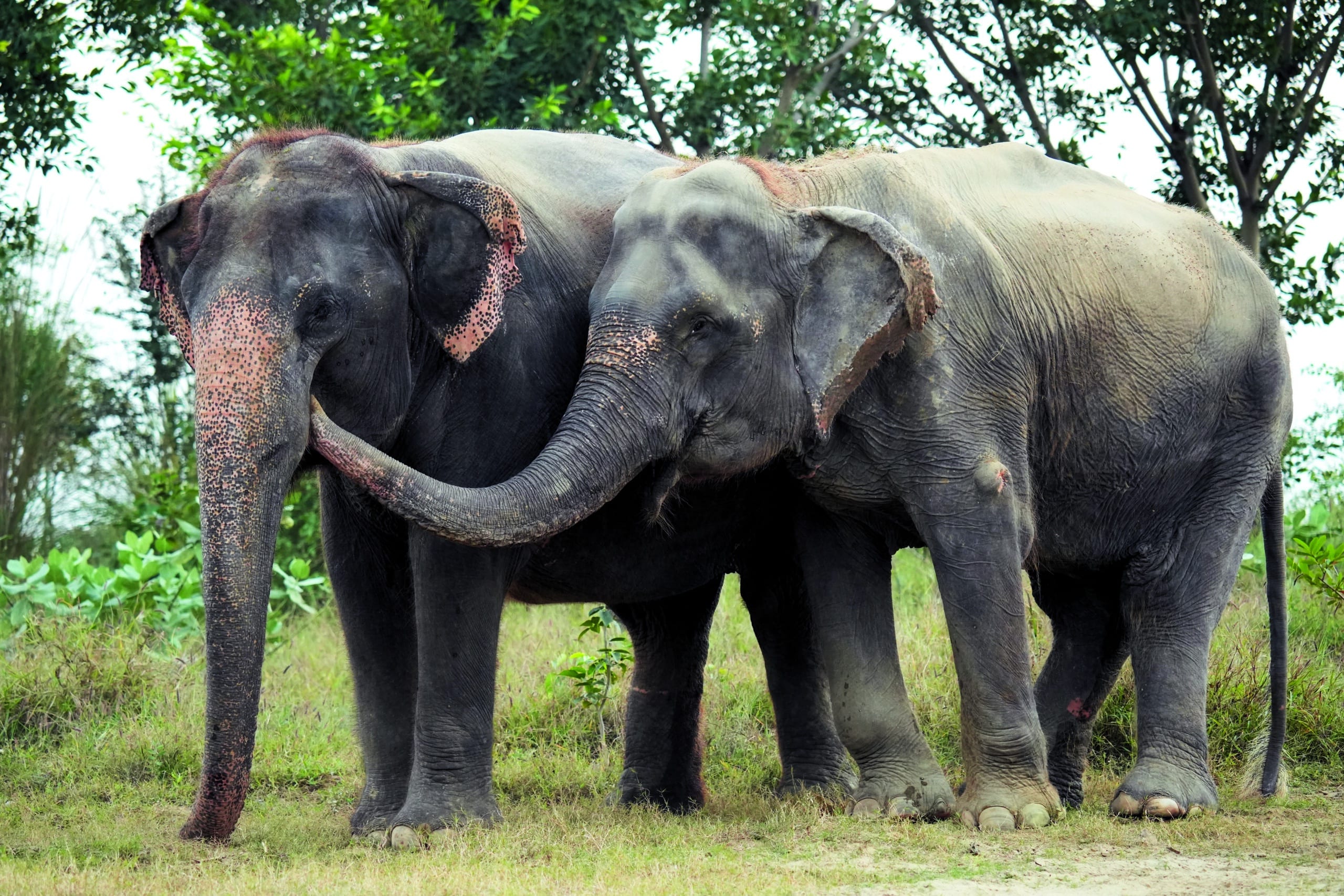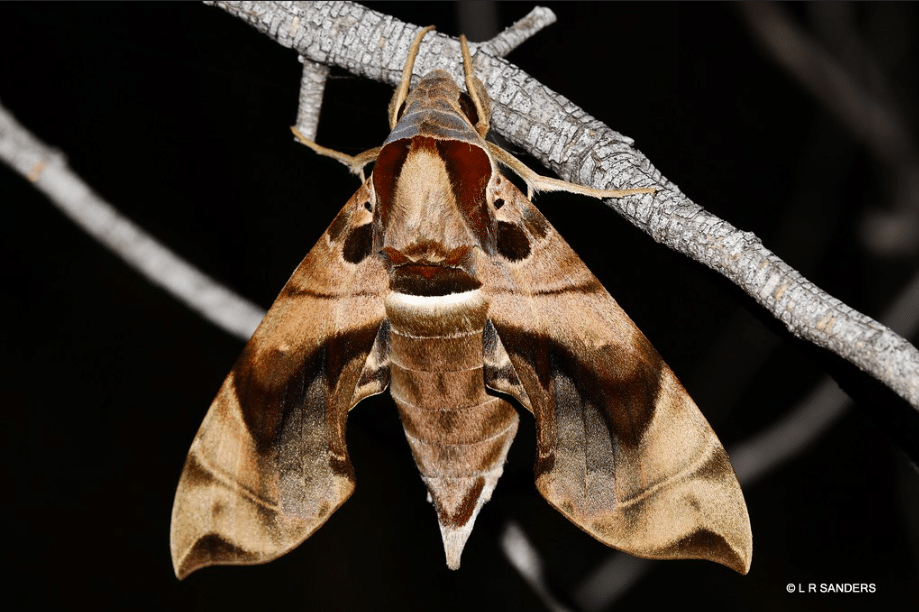You might remember Kalpana—I am happy to report that this year she celebrates her fifth rescue anniversary at Wildlife SOS. Formerly exploited and abused as a ‘begging’ elephant in Uttar Pradesh, Kalpana was rescued in 2019 and brought to the Wildlife SOS Elephant Hospital Campus (EHC) in Mathura for comprehensive...
Heritage nominations have formed an integral part of Humane Society International’s habitat protection program since we helped pass amendments to federal environmental law in 2003 which established the National and Commonwealth Heritage Lists. Our director, Michael Kennedy AM, was an inaugural member of the Australian Heritage Council (AHC) who worked to develop national priorities in relation to sites of outstanding natural significance.
The purpose at the time was for the jewels of Australia’s natural heritage to get due recognition and protection, and the sites assessed and added to the lists were to be celebrated for their natural, indigenous or historical significance, and also afforded due protection as Matters of National Environmental Significance under the Environment Protection Biodiversity Conservation Act 1999 (Cth) (EPBC Act).
Various well-known and loved sites in the years following the creation of the National Heritage and Commonwealth Lists were recognised, including the Great Barrier Reef, Uluru – Kata Tjuta National Park, the Great Ocean Road and Kakadu National Park.
However, since 2008 there has been a noticeable decline in places added to both Lists, particularly those sites nominated for their natural values. As a result, we now see heritage processes in danger as a result of lengthy delays, recurrent deadline extensions and, now, a failure to assess the heritage values of a site within prescribed timeframes.
Number of places added to the National Heritage List 2005-2016. Source: Heritage | State and trends of Australia’s heritage, State of Environment Report 2016, p.44
Humane Society International has been at the forefront of nominating sites for inclusion on the Lists since the inception of the heritage program. The last sites we nominated that were included on the National Heritage List were Fitzgerald River National Park and Lesueur National Park in Western Australia. But in the last seven years, only these and one other site (the West Kimberley) were added to the National Heritage List due to their natural values. This is compared to 10 historic places and eight Indigenous places which have been listed in the same timeframe. With pressure on biodiversity increasing every day, the heritage values of these places were left unprotected for almost a decade while the AHC and the Minister for Environment deliberated over whether two of the most important reserves for plant conservation in the country were deserving of heritage protection.
While the AHC found areas outside of the National Parks met National Heritage criteria HSI was disappointed to learn that these areas were not incorporated in the listings. An explanatory letter from Minister Hunt dated 4 May 2016 was quite frank in admitting mining interests were a consideration, stating:
Comments were received from the Western Australian Government, local councils and other owners and occupiers advising that listing areas outside the National Parks could have adverse local economic impacts by increasing regulatory approval costs and creating a deterrent to future mining and resource development.
This is disconcerting given the areas originally nominated fall within the internationally recognised biodiversity hotspot in south-west Western Australia. It’s also an appalling indicator of the politicisation of the National Heritage process.
We are particularly concerned for two of our nominations which seem to have ground to a halt during the AHC assessment stage of the listing process.
One is the Coral Sea, made up of a diverse range of coral reefs, remote islands, sandy cays, underwater mountains, abyssal plains and deep-sea canyons. This array of habitats, and the unique coincidence of climate, hydrological and ecological conditions, enable a spectacular array of wildlife to inhabit its waters, and makes it one of perhaps only five ocean areas throughout the world that act like a haven for large fish species. First nominated to be listed as a National Heritage place in 2008 by Humane Society International and seven other environmental organisations, it was renominated in 2010 and placed on the priority assessment list in 2012. An assessment by the AHC was due by 30 June 2017, despite Senate Estimates in March revealing that “there is no timetable for its completion at this point.” And so, as expected, in May, Minister Frydenberg granted a further two year extension to the AHC for their assessment of the Coral Sea for National Heritage Listing. Earlier that month, Prime Minister Malcolm Turnbull had addressed the 75th Anniversary of the Battle of the Coral Sea Commemorative Dinner in New York speaking of the historic significance of the Coral Sea and the pivotal role of the battle in turning the tide of World War II and securing freedom, stability and prosperity for the Pacific region. This statement affirmed our belief that the Coral Sea is a clear cut candidate for listing, and yet it could take until 2019 for the AHC to provide its assessment – 11 years since our original nomination was submitted. Increasing pressures on the world’s oceans means the longer we wait the less we’ll be able to protect.
The other is the Townsville Field Training Area, spanning more than 230,000 hectares of diverse habitat ranging from vivid rainforest to expansive open woodlands and home to a host of iconic and threatened species including southern cassowaries. In 2015, HSI was alarmed by media reports that up to 10,000 cattle would be able to graze on the site* in a move that surely would have heavy detrimental impacts on its ecological values and the wildlife corridor that it helps form. Since it was added to the Commonwealth Heritage FPAL in 2009, Federal environmental legislation required the AHC to provide a written assessment to the Minister by 30 June 2015, allowing for the maximum five years of extensions available under the EPBC Act. Two years have elapsed and still no assessment has been made.
The Fitzgerald River National Park is one of only three natural sites added to the National Heritage List in the past seven years. Image: Geraldine Janicke
Hoping for some progress on our outstanding nominations, we were equally disheartened to learn that an additional seven sites we had put up for nomination did not make it to the 2017-2018 FPAL. These included Australia’s Antarctic Territory/Australia’s Antarctic Whale Sanctuary, Barrow and Montebello Islands Marine Conservation Reserves, Cape York Peninsula, Daintree Lowland Rainforest, Great Western Woodlands of Western Australia, Kati Thanda-Lake Eyre National Park and Elliot Price Conservation Park, and Simpsons Desert Dingo Habitat.
In fact, no natural nominations made it onto the FPAL in 2017-2018, cementing our concerns that natural heritage places are falling by the wayside. While the AHC considered that each of the seven places nominated may have heritage values, HSI was informed in 2016 that evidence of support from the state government and other stakeholders was needed before any assessment could be commenced. It is our understanding that the responsibility for consulting and securing the support of state governments and other affected parties lies with the AHC once a place is added to the FPAL, and this is the first time we have received such advice. This line of reasoning seems nothing more than a deliberately placed political obstacle.
Humane Society International’s director, Michael Kennedy, wrote a public complaint to the Australian Heritage Council’s Chair Dr David Kemp in May expressing our deep disappointment in the lack of progression of the program, and the delays and missed deadlines that have come to plague it in recent years. Earlier this week, we received a response from Dr Kemp which failed to address our questions and, as a result, deepened our concern.
HSI has resolved to focus our efforts on seeing our pending nominations through to listing and campaigning to have the integrity of the process restored. As such, we will continue to advocate for heritage listings of natural places that have been in the hearts of Australians for generations and are at risk of being lost if they cannot be afforded protection. This reflects our commitment to protecting landscapes with outstanding natural values, not just those that are already threatened.




